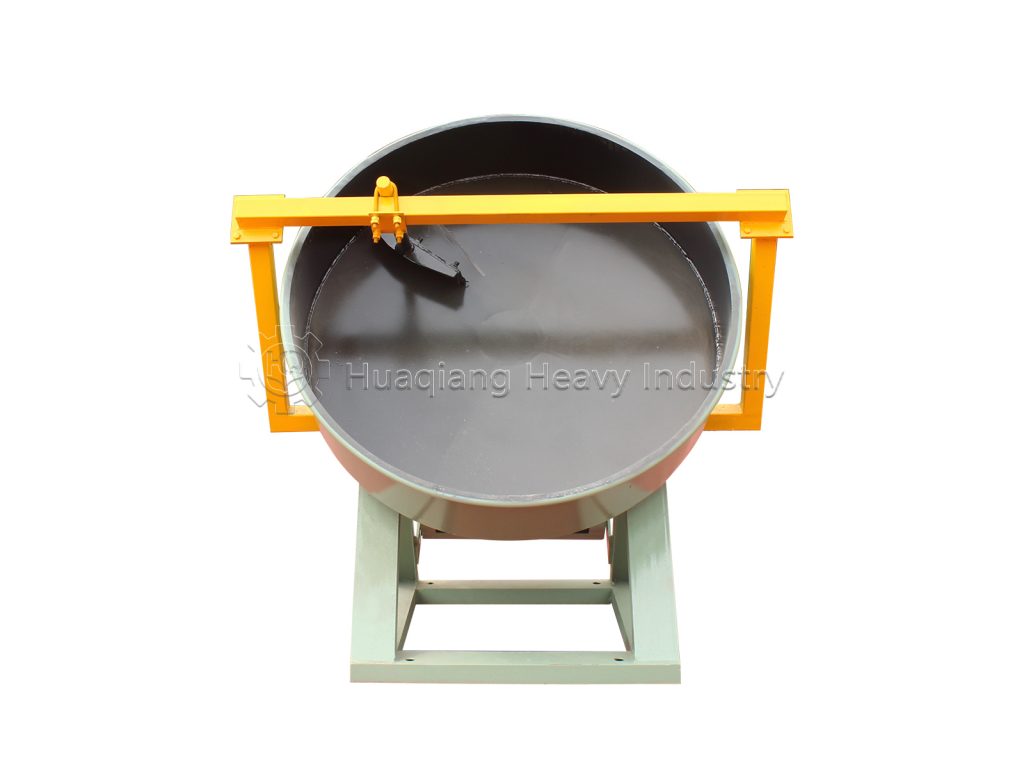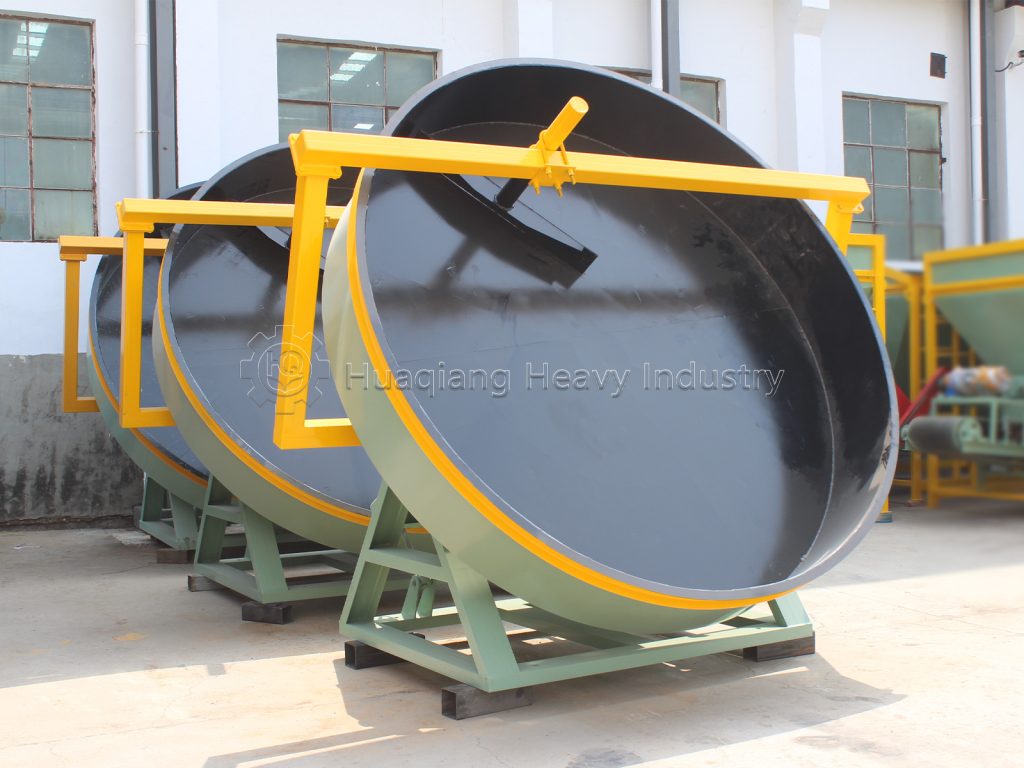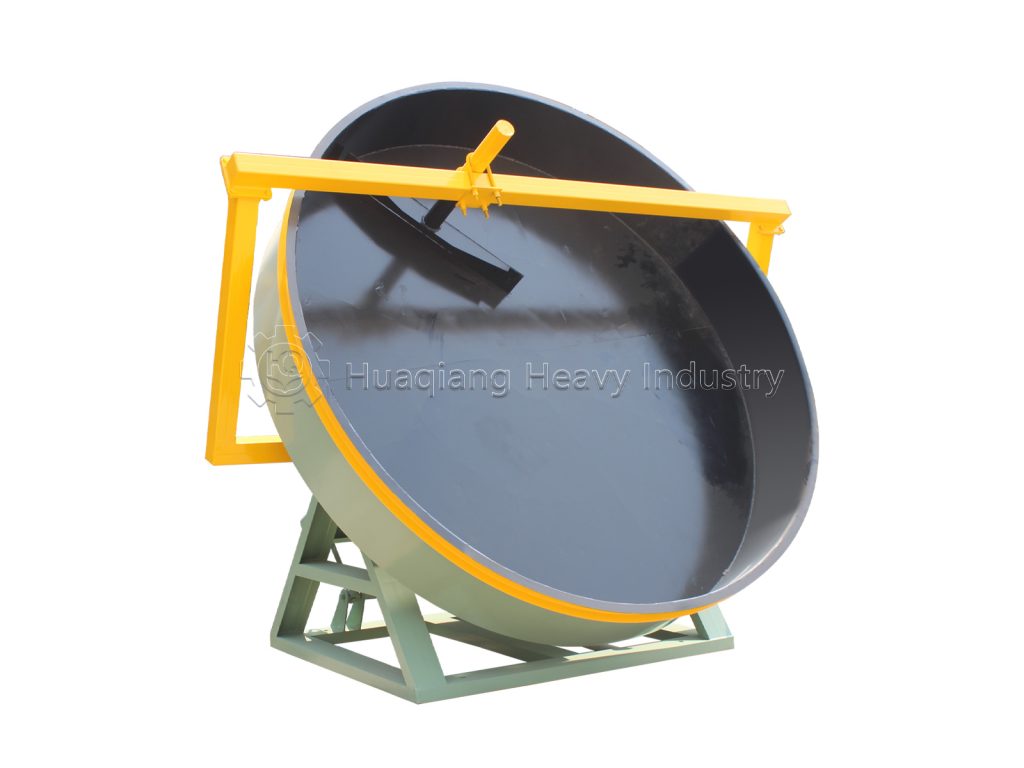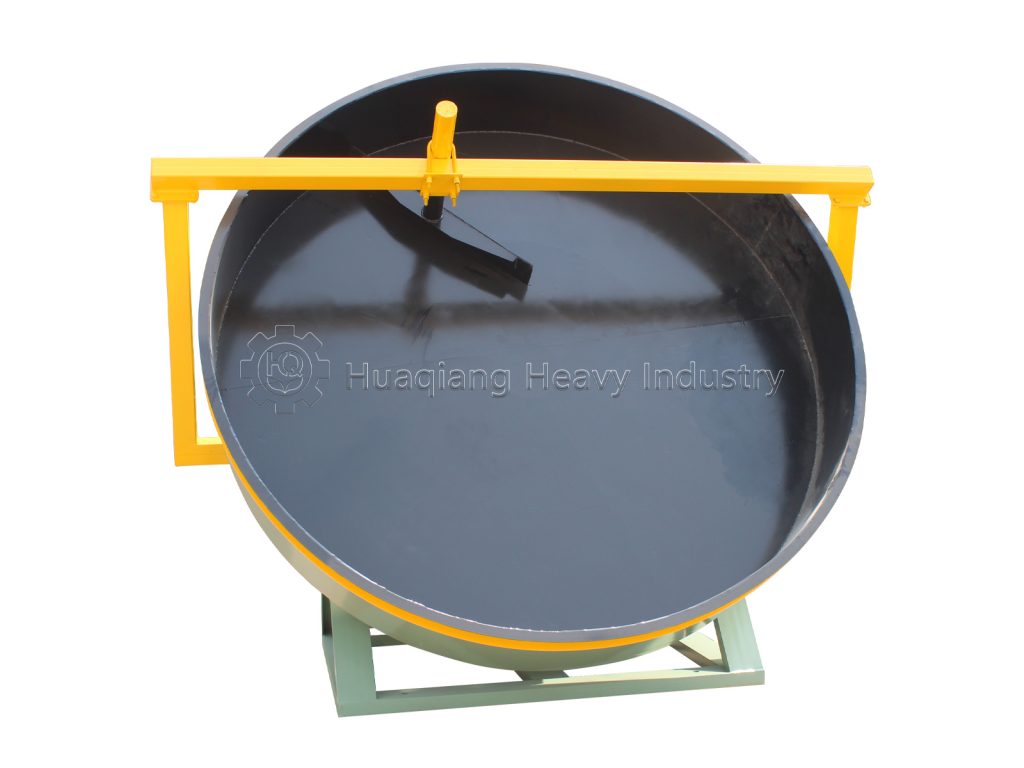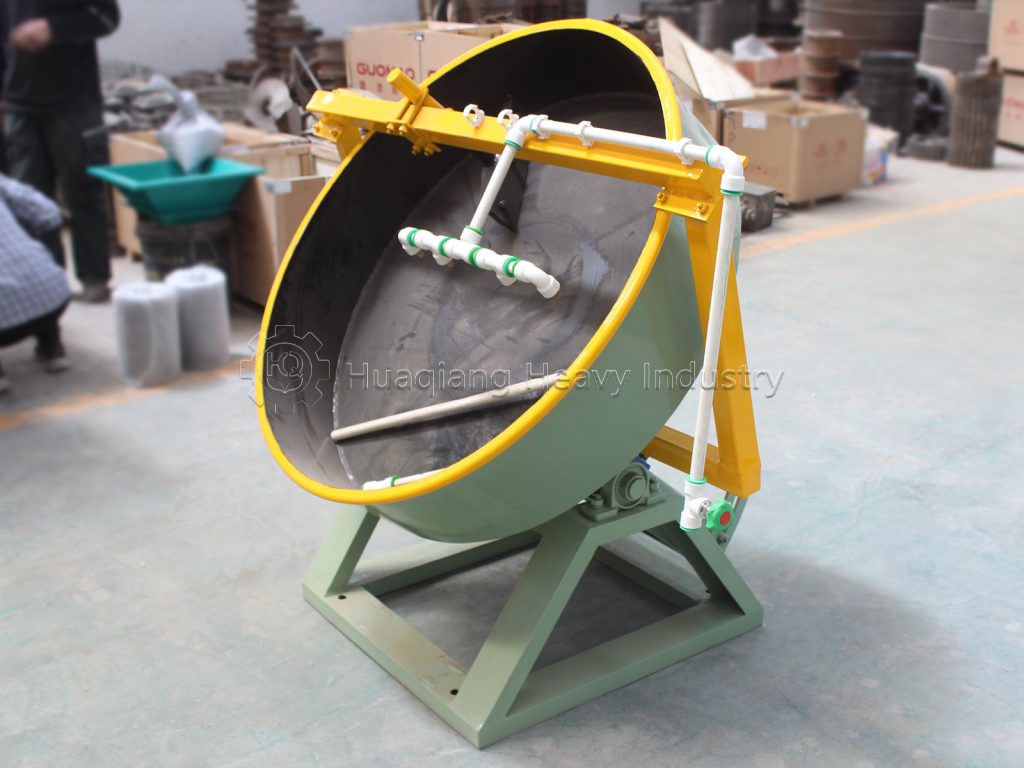How to deal with cow dung in cattle farm? In the process of cattle breeding, if the cow dung is not handled in time, it will cause air pollution, breed a large number of mosquitoes and flies, pollute the surrounding environment of the farm and cause cattle diseases. Treating cow dung to turn waste into treasure can also bring huge benefits.
Making cow dung into organic manure is one of the main methods to treat cow dung. Dry cow dung contains 10%-20% crude protein, 1%-3% crude fat, 20%-30% nitrogen-free extract and 15%-30% crude fiber, so it has high nutrients. An organic fertilizer production line can efficiently convert cow dung into organic fertilizer.

1.Fermentation is the first important step
The cow dung produced by a cow in one year requires 4 to 6 cubic meters of space. According to the scale of farming, reasonable construction of cattle dung accumulation fermentation site. Adding 10%-15% straw, rice bran and other supplementary materials to cow dung, and adding appropriate water, the water content of cow dung can be controlled at about 60%, inoculated with starter, and the fermentation time is 15-40 days (depending on the season).
In organic fertilizer fermentation, turning is an important phase. Its purpose is to enable the materials mixed. By the thrown over, it course of the materials make the most contact with the air and get the best fermentation.
Fermentation compost turning machine (Strong maneuverability of mechanical dump operation)
Trough Compost Turning Machine, Double Screws Compost Turning Machine (Suitable for large field flip), Windrow Turner (Suitable for strip stacking).
2.Crushing raw material
The fermented materials and other additives are crushed, proportioned and mixed through material grinder and mixer in a certain proportion. The function of this system is to crush, mix and mix compost materials, inorganic fertilizers of nitrogen, phosphorus, potassium and other additives in a certain proportion. Based on years of experience, the following equipment is recommended:
Half-wet Material Crusher
The machine is mainly used to crush materials of biological fermentation organic fertilizer with moisture of 25%~50%. Have good effect on grinding the glass brick, ceramics and broken stone such kinds of hard matter from the city life garbage organic fertilizer.
Horizontal Mixer
Horizontal mixer stir material in batches, material can be mixed completely. High mixing rate, less residual suitable for feed, concentrated feed, premix additives mixing.
3.Pelletizing
New Type Organic Fertilizer Granulator is used to granulate the material. The organic fertilizer granulator is the newest technology products by our years of research experience. It process fertilizer powder into granules, it also can be achieved the better effect of grain making to acid and municipal sludge. We also supply disc fertilizer granulator and flat die pelleting machine for organic fertilizer production.
4.Drying, cooling and screening
After granulating, the fertilizer moisture is a little high. Use organic fertilizer Rotary Dryer, further remove water, to achieve the standard requirements of organic fertilizer moisture content.
Cooling the particulate matter with a Rotary Cooler helps to store the heat particulate matter from the top of the dryer to the counter-flow cooler. Under the action of the cooling fan, the dry air enters from the lower part of the cooler and exchanges sufficiently with the wet and hot particles from the upper tribe and the lower tribe.
There are some differences in particle sizes of the particles exported from the pelletizing and forming system, which requires sieving and grading. Drum Screener Machine has the advantages of low vibration, low noise and convenient screen change. The organic fertilizer manufacturing process is equipped with automatic feed-back system, which screens the unqualified large and small particulate materials, conveys them through belt hoist, re-crushes them and sends them to the granulator to continue granulating, which is helpful to improve the continuous operation ability of the production line.
5.Packing
Packing Machine weighs and packs the particulate matter quantitatively. Automatic quantitative packaging of powder and granules, suitable for flour, starch, feed, food, chemical industry, light industry, building materials industries.
Using cow dung as raw material to produce organic fertilizer has the advantages of low cost, stable quality, fluffy soil, improved land consolidation, improved soil fertility, and great marketing space. As a leading fertilizer equipment manufacturer in China, we have a professional organic fertilizer manufacturing process, which can make cow manure into organic fertilizer with high efficiency and benefit.
